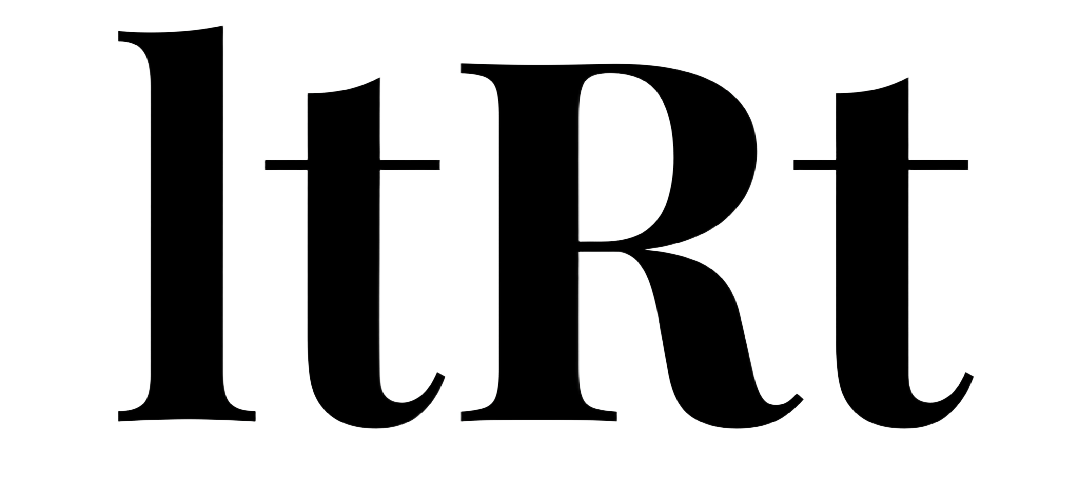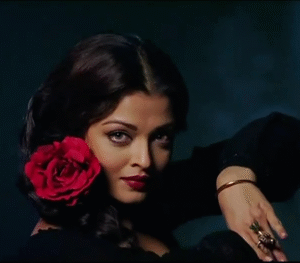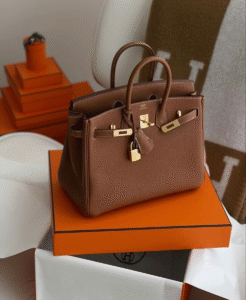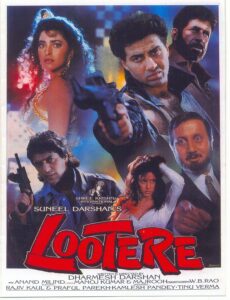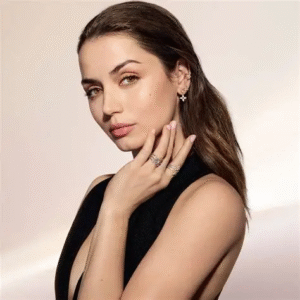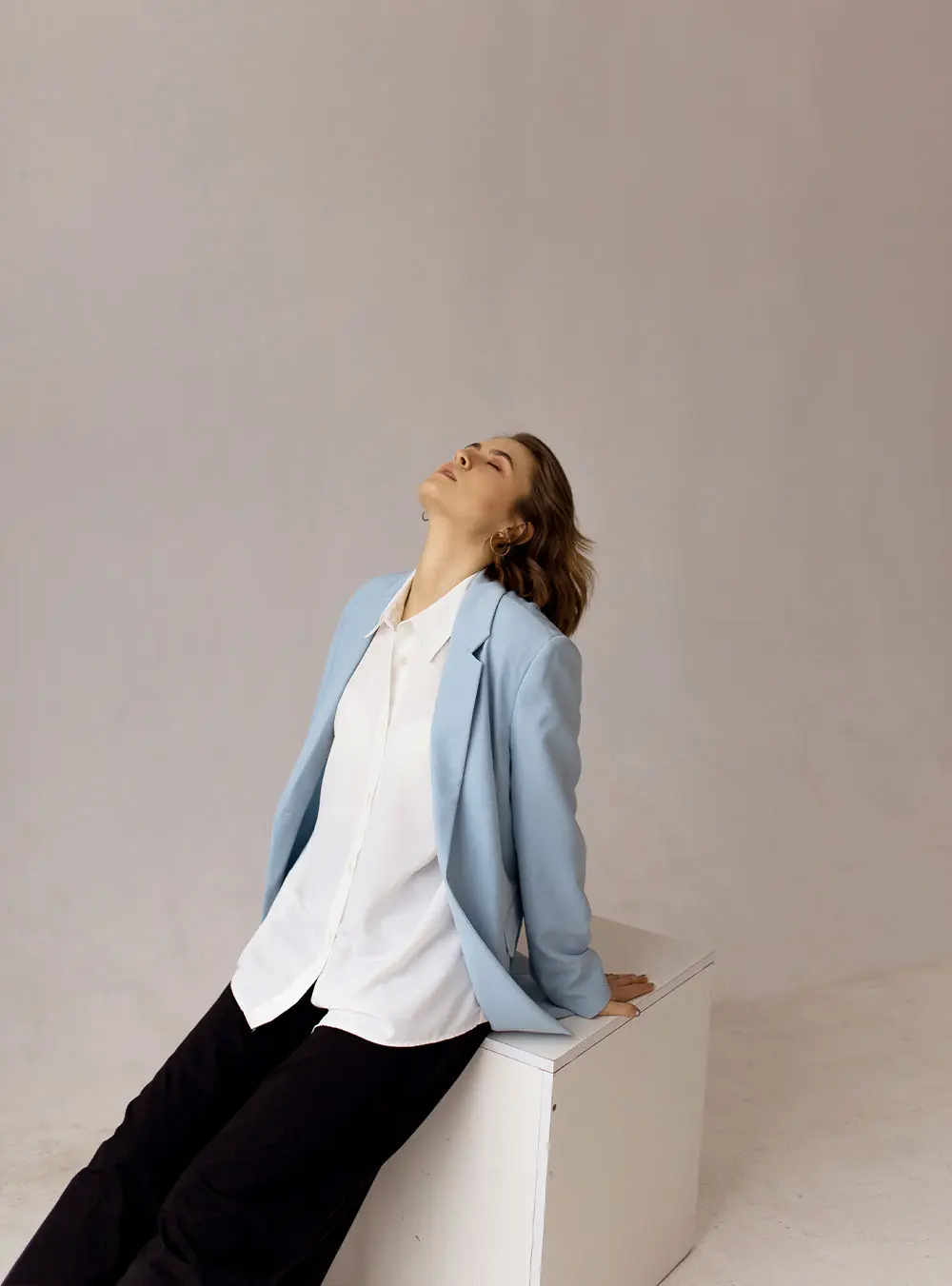Let The Raven Talk
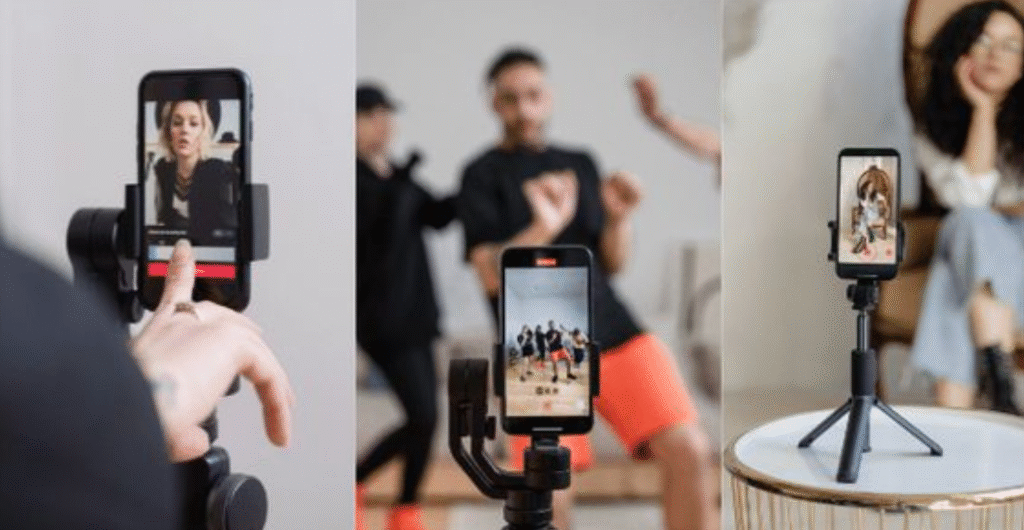
Welcome to the digital era, where social media platforms like TikTok and Instagram have transformed the way, we showcase our creativity. Amidst a myriad of features these platforms offer, TikTok Duets and Instagram Reel Remix stand out as innovative tools for collaboration and self-expression. However, as creators delve into these features, a new question emerges: who possesses rightful ownership of the creative endeavours disseminated through h TikTok Duets or Instagram Reels Remix? Is it the platform itself, or do the creators, through their infusion of personalized text, stickers, audio alterations, or voice-overs, lay claim to ownership when remixing or duetting with original content? Furthermore, how does the concept of Fair Use under copyright law intersect with these artistic endeavours, as to do Remixes and Duets fall under this exception? Let’s get into these intriguing questions and explore the intersection of creativity, ownership, and copyright in the realm of social media. Social Media Remixes: Copyright and Fair Use Explained
TikTok Duets and Instagram Reels Remixes: A Collaborative Copyright Conundrum Social Media Remixes: Copyright and Fair Use Explained
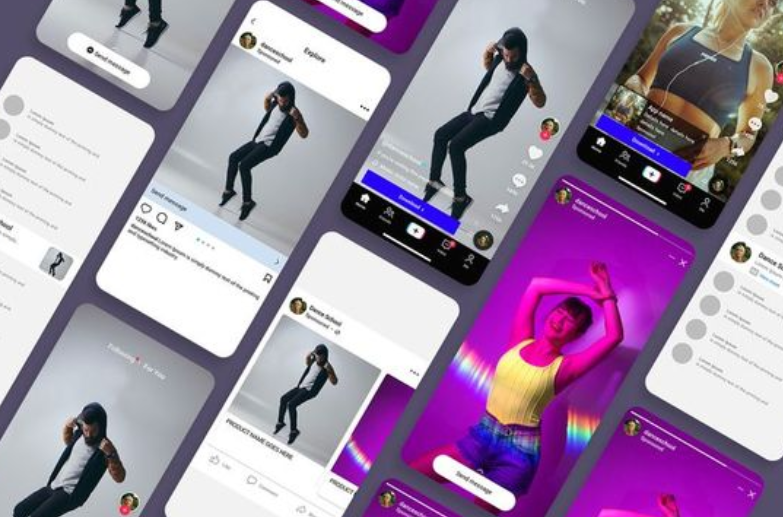
Wondering what TikTok Duets are? Well, let’s break it down! TikTok, which kicked off in 2016, started as a fun platform for sharing short videos. Back then, it initially thrived on lip-syncing and busting moves in dance clips. However, it evolved beyond solitary performances, offering a range of features like stitches, sounds, and ‘duets’ to facilitate seamless collaboration among creators. Nevertheless, every user or creator has to be mindful of using copyrighted material without due permission, as while some users might get away with it, it’s not cool.
Fast forward to 2019 and 2020, TikTok surged in popularity globally, largely fueled by the Covid 19 pandemic, which confined individuals to their home for extended periods, nurturing a fertile ground for creativity! Trends popped up, went viral, and perpetually kept the platform abuzz.
So, what exactly are TikTok Duets? Think of them as synchronized videos where one individual’s recording plays in tandem with another’s. It’s like a split-screen magic show! This feature has garnered immense popularity among creators’ keen on collaboration, reaction videos, or simply embracing trending topics. For instance, the platform orchestrated an opportunity for fans to create duet videos with Bruno Mars (by recording themselves dancing beside Mars in a split-screen), upload the video on TikTok, and spread it on social media platforms using the designated hashtag #dancewithBruno and TikTok’s logo.
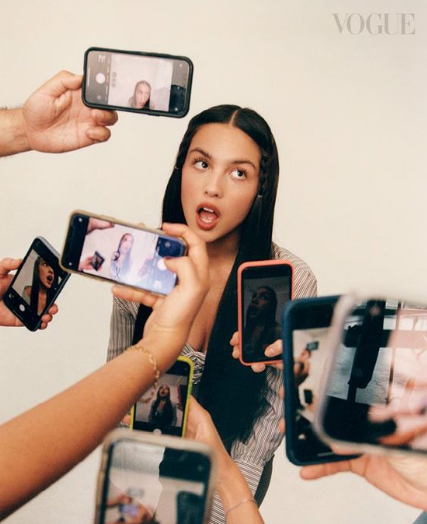
However, here’s the twist – duets aren’t live interactions. They start with one person’s video, and others respond to it at a later time. Can anyone partake in duets? Not quite! Generally, duets are restricted to the original creator, unless they opt to open it up to a broader audience. Some creators opt for exclusivity to maintain their message’s integrity, evade potentially disparaging duets, or maintain the autonomy of their content, while others may limit duets to their followers.
Much like TikTok Duets, Instagram Reel Remix offers users the opportunity to infuse their remixes with audio, voiceovers, filters, and augmented reality (AR) effects. These remixed videos can span up to 30 seconds in duration, with users granted a 10-second countdown prior to publication for review and editing purposes. While the Remix option now extends to all newly uploaded Reels, revisiting older Reels for remixing necessities either re-uploading or enabling the Remix feature for the specific Reel. Upon sharing, your Reels can be shared on your story and feed, with Instagram automatically credits you as the original creator in the new video. Reels Remix has a quick turnaround, letting your audience recreate your Reels and share them on their own stories or grid.
The landscape of short video content in India has witnessed a notable surge in recent years, skyrocketing from 20 million users in 2016 to a staggering 180 million users in 2020. With the ban of the TikTok app in India, Instagram experienced a notable upstick of 49% in engagement rates, while Reels provides an array of tools to boost the reach of your videos. Brands worldwide have swiftly capitalised on the Reels feature. Notable examples include Louis Vuitton whose Reels have garnered an impressive 7 million views, and BuzzFeed Tasty, boasting millions of views on their Reels content. In India, brands like Mumbai Indians, Myntra, FilterCopy, and Netflix India have achieved significant success with Reels, garnering views ranging from hundreds of thousands to millions.
Unveiling Copyright: Protection for Creators in the Digital Age Social Media Remixes: Copyright and Fair Use Explained
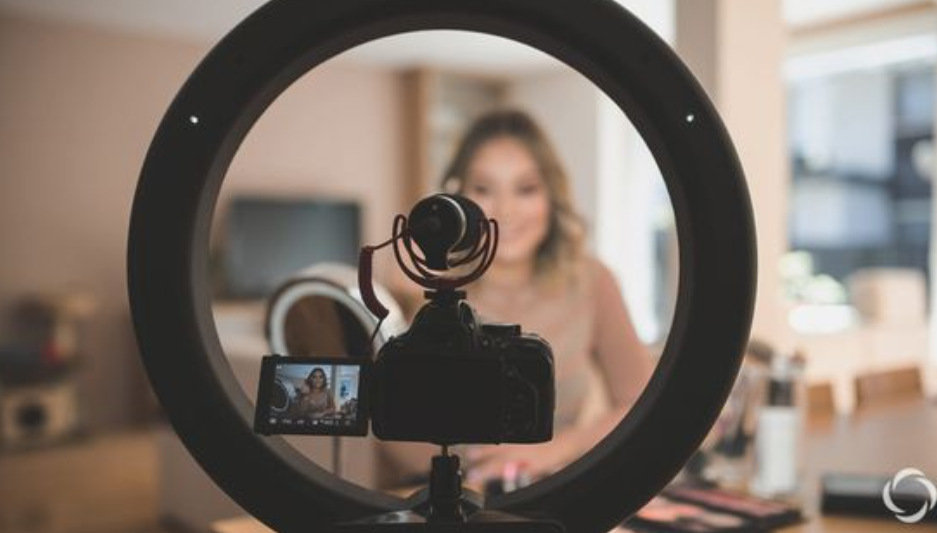
Copyright serves as a legal safeguard for original works/creations like music and videos, ensuring protection for the creators who bring them to life. In layman terms, Copyright shields the expression of an idea rather than the idea per se. For instance, if you create something original, like a song or a painting, it automatically garners copyright protection, requiring no formal registration for this safeguard to apply. An array of creations can fall under the umbrella of copyright protection, encompassing literature, plays, paintings, music, films, and even computer programs. As soon as you create something original and put it in a tangible form, like writing it down or recording it, you inherently own the copyright to it. Consequently, others are prohibited from replicating or using your work without your due permission, or if they use, then it would constitute infringement/violation of copyright protection.
Copyright Over Duets/Remixes: Who Owns the Remix?
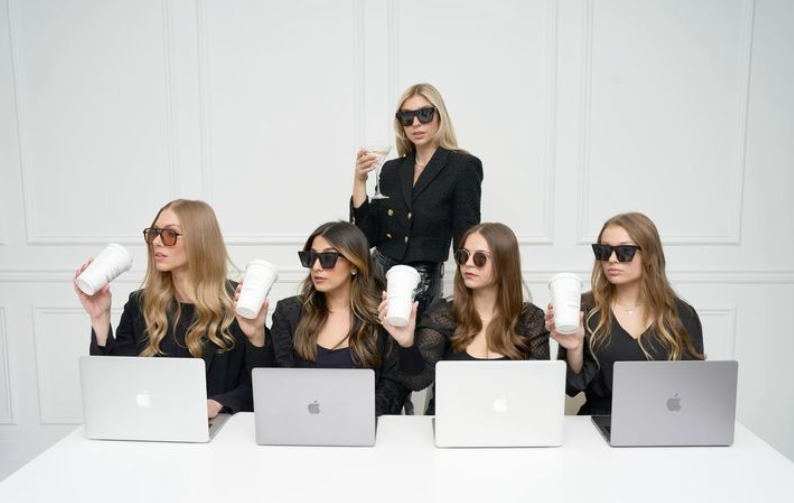
Having grasped the essence of copyright and its protective scope, you may wonder whether your short videos or reels can likewise be copyrighted too. Well, the answer is simple, YES! Copyright extends its protective mantle over original creators’ works/creation in any tangible form such as music, videos, and even artistic works. However, complexities arise with the advent of collaborative features introduced by platforms like Instagram and TikTok, such as ‘Duets’ or ‘Remixes’. Nevertheless, it’s pivotal to acknowledge that when you create and upload/share content on these platforms, it inherently belongs to you (as a whole). Instagram or TikTok can’t claim exclusive rights of ownership of copyright but have the non-exclusive right to distribute, copy, display, share and transferable it under their End-User License Agreement (EULA) respectively.
Many individuals had witnessed instances where their post or video being taken down, or their music being removed from their stories or feed- a possible repercussion of copyright violation. Infringing upon copyright can prompt Instagram or TikTok to remove/ take down your post, mute your video, or stop your live stream. Therefore, it’s imperative to obtain proper permissions before using someone else’s work, such as music or song. It’s all about respecting creators’ rights! Instagram even provides alerts to its users if they’re using music without the proper rights.
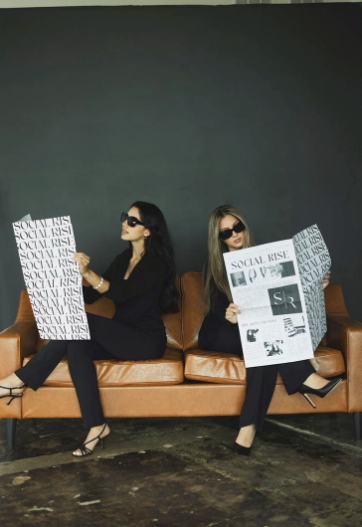
So, how do you know what is considered the creator’s original work? Imagine you’ve uploaded a video showcasing your unique dance moves to a song. While the majority of the video is your creation, the song itself is not. Why? Because dance is an artistic work performed by the user on a music or a song owned by someone with copyright ownership. To streamline this process and making it hassle-free, platforms like TikTok and Instagram have signed agreements with big music labels, such as Warner Music Group, granting users permissions to use certain songs in their videos. In essence, these platforms acquire permission, on behalf of users, from the Copyright owners to engage and make artistic work, thereby to foster creative endeavours.
Now, if you copy someone else’s video, you could be stepping on their toes – legally speaking. While modifying by mixing, shortening, or tweaking existing videos is commonplace- as evidenced by Yashraj Mukhate’s viral remix of ‘Rasode mei kon tha‘– nothing beats and surpasses the authenticity of creating your own original content. Consider the case of Gigi Hadid, a famous model who faced a lawsuit for posting a picture she didn’t hold the rights to.
In essence, when crafting videos or posts, let your creativity flourish and adhere to what truly belongs to you. Not only does this approach foster enjoyment, but it also steers clear of legal entanglements!
Case Studies: Copyright Infringement on Social Media Platforms
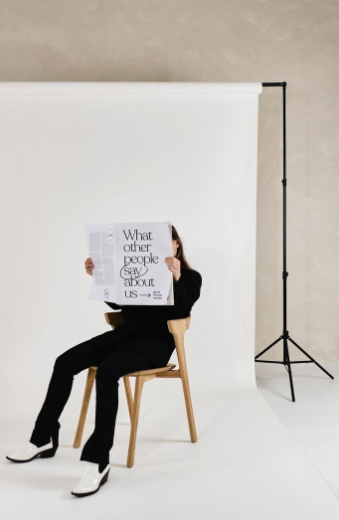
In September 2021, Tencent filed a lawsuit against TikTok for copyright infringement related to the adventure drama “Yunnan Insect Valley”. The dispute arose when numerous clips of the drama were uploaded by TikTok users without Tencent’s authorization. Tencent demanded immediate removal of videos from TikTok and sought compensation for economic losses and reasonable expenses totaling around 10 million yuan.
Although TikTok has implemented measures to reduce infringing content, the court ruled that TikTok did not take adequate steps to manage and control the infringing material in a timely manner. The court found that TikTok was complicit in the infringement of Tencent’s communication rights. As a result, TikTok was ordered to promptly delete, filter, and block the infringing videos and compensate Tencent over 32.4 million yuan for economic losses and reasonable expenses.
In another significant case, Sony Music sued Triller, accusing the Los Angeles-based video-sharing company of failing to meet payment obligations under a licensing contract and streaming Sony’s music without proper authorization after the contract was breached. The lawsuit, filed last year, highlighted over 50 songs by artists like Britney Spears, Harry Styles, and Janis Joplin that were allegedly used without permission.
The dispute stemmed from a content distribution agreement established in September 2016, where Sony Music Entertainment (SME) granted Triller and its users rights to reproduce, distribute, and create derivative works from Sony’s sound recordings, artwork, and metadata. The conflict intensified when Triller missed monthly payments from March to August 2022, with additional payments for September, October, and November 2022 also going unpaid. Triller cited various reasons for their inability to make the payments. Eventually, SME and Triller reached a settlement, though the terms were not disclosed.
These cases underscore the widespread issue of short video infringements in recent years, which have significantly harmed the rights of content owners. In response, courts nationwide have ramped up efforts to award compensation for such infringements.
Preventing Copyright Infringement: Safeguarding Your Creativity
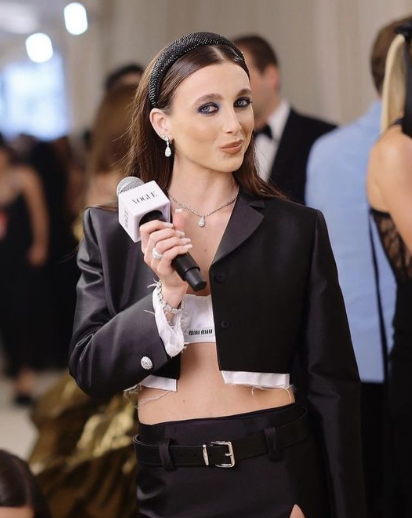
Firstly, it’s always best to get permission from the original creator before using their work. Nowadays, many creators on Instagram ask users to tag them in their posts if they want to collaborate. And if they don’t want their work shared, they’ll make it clear in their post or video. There’s a legal case, Sinclair v. Diff Davis, LLC, where someone wanted to post a picture but was denied permission by the owner. However, they went ahead and posted it, claiming they had Instagram’s permission. But the court ruled that Instagram’s rights are separate from the owner’s. Instagram’s terms of use basically give them the right to use any content posted on their platform. So, by posting the picture as “public,” the owner unintentionally allowed Instagram to give others permission to use it. But Instagram has since changed its policy to clarify that using their embedding API doesn’t automatically give users permission to use the image.
Secondly, users can prevent infringement of copyright work through the principle of Fair Use. How? Instagram reels or TikTok videos, are mostly used for making short clips of videos and audios, usually less than 15 seconds. Legally, this falls under ‘fair use,’ which means you’re allowed to use copyrighted material in “certain ways” without infringing on the owner’s rights. So, what exactly does “certain ways of fair use” cover? Well, it includes things like making parodies of songs, offering comments or reviews on books or movies, reporting news, or sharing posts on Instagram while giving credit to the original creator. It also involves considering factors like whether your use is for commercial or educational purposes, the nature of the copyrighted work, and how much of it you’re using. Fair use isn’t set in stone though – it’s determined case by case. India has a provision called Section 52 of the Copyright Act, 1957, like U.S. and the E.U., to protect the copyright work under the definition of fair use. So, as long as you’re mindful of Fair Use principles, you can enjoy creating content without stepping on anyone’s toes!
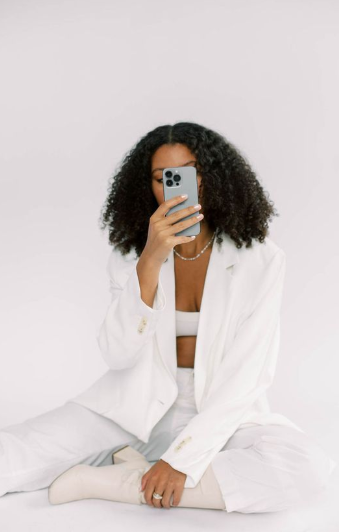
Last but not the least, users can prevent the liability of copyright infringement, if an infringement is trivial in nature and does not stand on the five factors given by the court, then such infringement is said to be “De Minimis”. In copyright law, it means courts won’t fuss over minor instances of copying. However, what counts as “minor” isn’t clearly defined by the law – it’s up to the court’s judgment. What are the five factors? first, the extent of harm caused; second, Cost and Effort involved in legal proceedings; third, reason behind the infringement; fourth, how the owner’s legal rights are affected; and fifth, intention behind the person who did wrong.
In my view, the copyright infringement on things like Duets/Remixes of creator’s work might seem unimportant but as society evolves, infringing on the work of original creators will become a big deal. How? As of now, due to lack of clear Community Guidelines and Terms of Services, there’s a ‘gray area’ about who holds the copyright over the creation? Every user on social media said to be an original creator of their work either just by adding or putting their artistic touch on their creation or at somebody else’s creation.
It is important to note that copyright safeguards only an expression of an idea (i.e., specific way a video or post or music posted or created) and the idea per se. Which brings to the very next question about Who gets the exclusive right of these artistic collaborations like Duets/Remixes? Long story short, it’s crucial to respect the rights of creators and always ask for permission before using their work.
